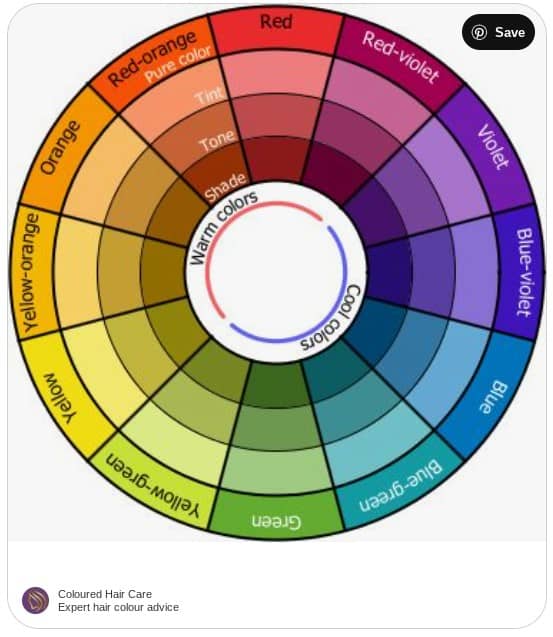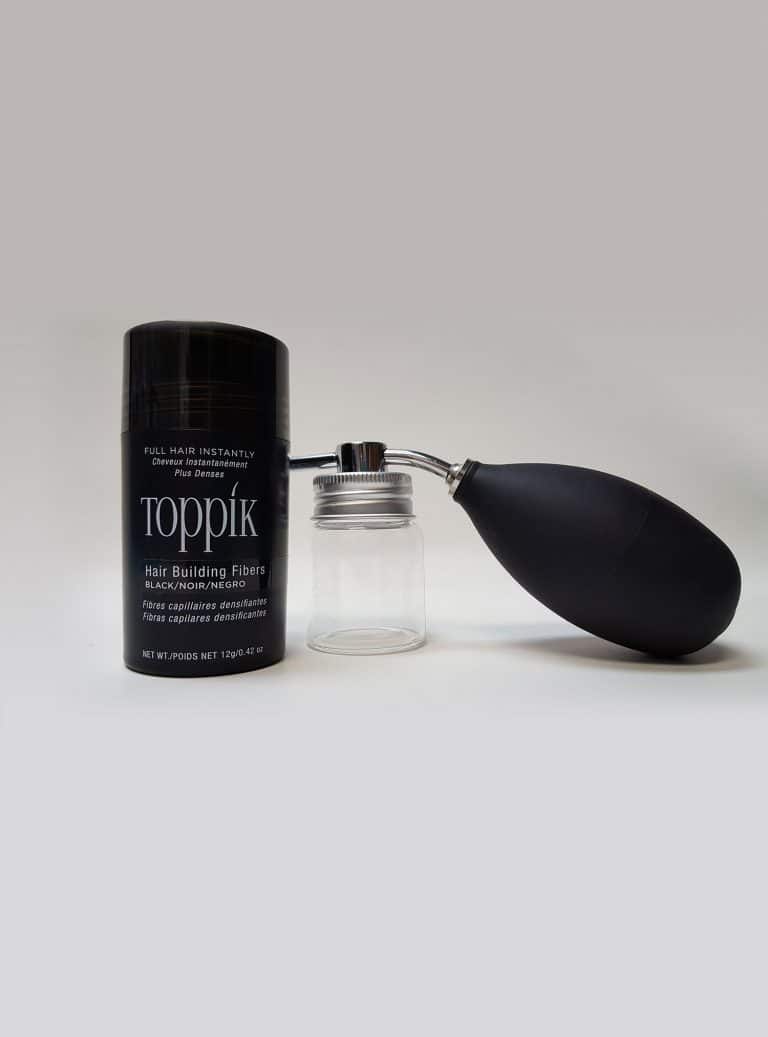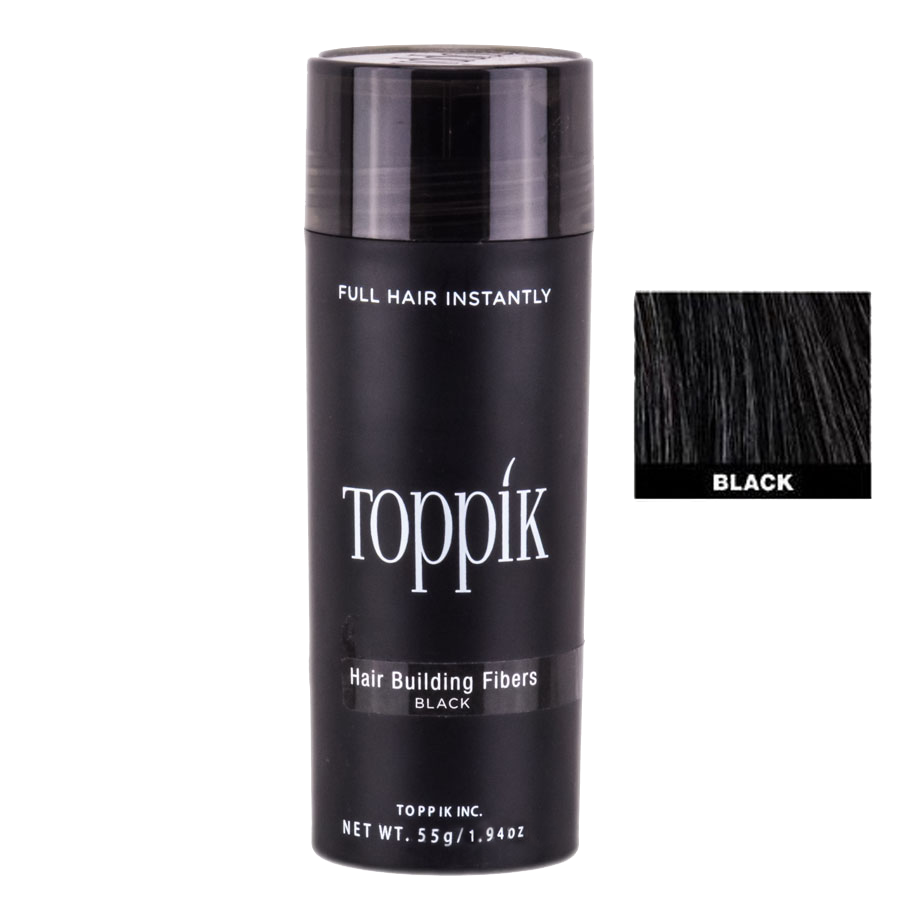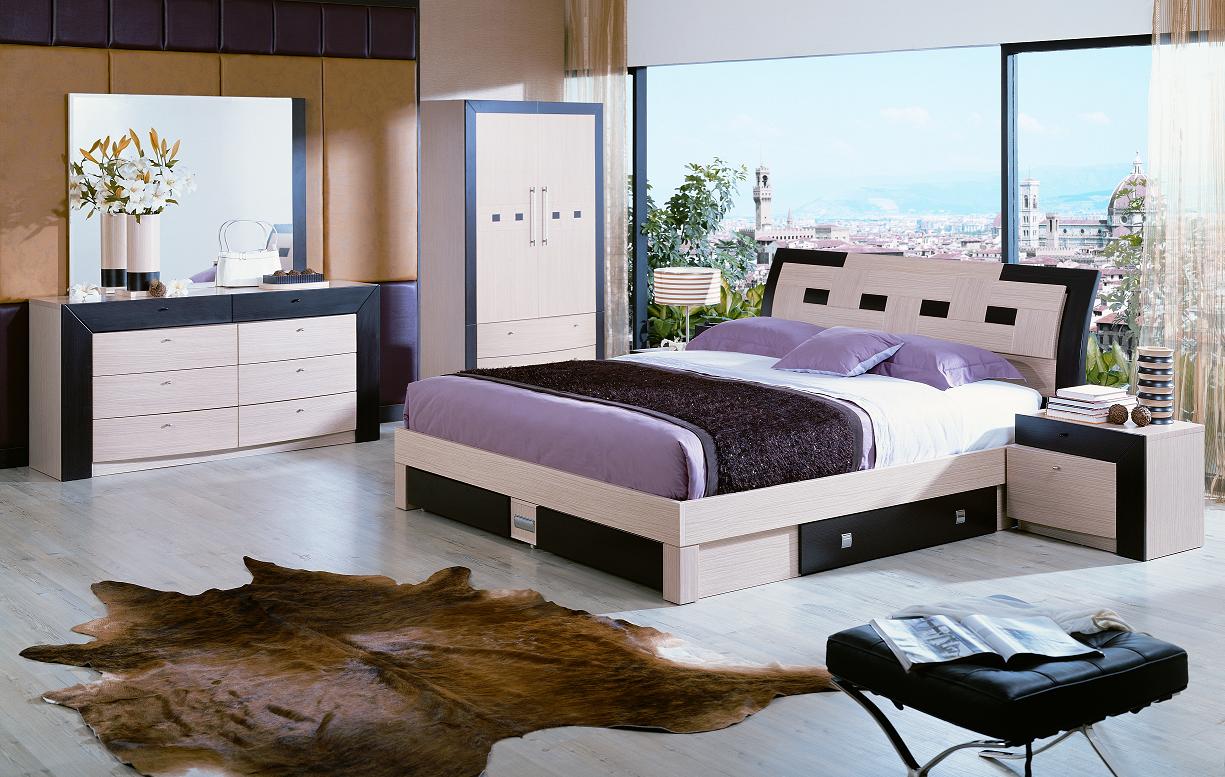Table Of Content
- Achieving Perfectly Balanced Tresses
- Color Wheel Hair Theory How to Create Your Perfect Shade
- Chocolate Brown Hairstyles That Will Get You To Join the Dark Side
- Mixing Hair Colors
- How Complementary Colors on the Color Wheel Work
- Ash based colors & ash additives: use these to counteract red & to tone down
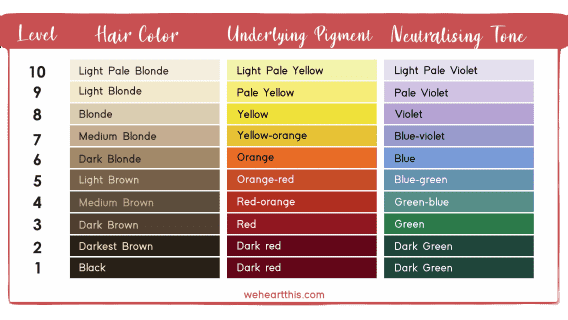
Co-founder of Curl Centric® and Natural Hair Box, Kenneth has dedicated himself to promoting ethical and scientifically-backed hair care practices. Rigorous editorial guidelines, industry recognitions, and features in numerous media outlets evidence his expertise. Kenneth’s commitment to transparency, quality, and empowerment has positioned him as a trusted voice in the field, empowering readers to confidently embrace their natural beauty. If you’re happy with the results of the strand test, you can apply the toner to your entire head. Follow the instructions on the packaging for the best results. You’ll need this information should you ever be in a position where you don’t love your current hair color and want to make a change to it.
Achieving Perfectly Balanced Tresses
Understanding these relationships is essential for achieving desired hair colors and correcting color mishaps. The tertiary colors, such as red-orange, yellow-green, and blue-violet, result from combining primary and secondary colors. When considering hair color, matching it with the corresponding color on the wheel is important, allowing you to understand its undertones and how it might interact with other colors.
Color Wheel Hair Theory How to Create Your Perfect Shade
Then, we have the tertiary colors, which are made by combining a primary color with a secondary color. These include red-orange, yellow-green, and blue-violet, among others. A hair color wheel is a tool that shows the relationship between different hair colors. It’s a circular diagram that visually represents how colors relate to one another.
Chocolate Brown Hairstyles That Will Get You To Join the Dark Side
The color wheel offers a palette of options to tweak and tune to your heart’s content. In this case, the addition of purple can help neutralize unwanted yellow tones. The concept of complementary colors is fundamental in color correction.
To rid your hair of unwanted yellow tones, use a purple shampoo and conditioner. Like we mentioned, purple is located directly across from yellow on the hair color wheel, making it the perfect shade to neutralize yellow aka brass. Utilizing color theory is essential to avoid muddy or unintended results, especially when dealing with faded colors. It’s essential to recognize the effect of warm and cool undertones to avoid unwanted brassiness or ashiness. By carefully selecting hair colors that complement your base shade, you can achieve a harmonious and vibrant look.
Dyeing your hair with a color wheel involves a process that starts with identifying your current hair color or the unwanted color tones in your hair. Once this is done, find that color on the wheel and identify its complementary color (the one directly opposite). If you’re unsure about what hair color will suit your skin undertone, consider doing a strand test. This involves applying a small amount of hair dye to a discrete section of your hair and seeing how it looks against your skin. If your skin has a warm undertone, it means it has a yellow, peachy, or golden hue.
Blue Shampoo For Brown Hair - How To Prevent Brassiness In Brunettes - Women's Health
Blue Shampoo For Brown Hair - How To Prevent Brassiness In Brunettes.
Posted: Tue, 30 Aug 2022 07:00:00 GMT [source]
Eumelanin produces black and brown pigments, while pheomelanin produces red and yellow pigments. Red hair has a lot of pheomelanin, brown or black hair has a large quantity of melanin, light blonde contains little melanin and more keratin, and white hair has little or no pigment. Use them when you are looking to neutralize orange or red tones and you are looking for a brunette final color result. Ash Grey Additive is a special Ugly Duckling mix color and it contains green and blue mixed. Then in sections 11-13, we give a list of other Ugly Duckling toners which contain powerful purple, blue and green or ash pigments.
Ash based colors & ash additives: use these to counteract red & to tone down
Usually, people with medium to dark brown hair end up having red tones, even if they don’t bleach. This is because the underlying pigment in these shades of brown is red. Even if you’re not planning on going the DIY route, it’s great to have this knowledge to better understand your stylist’s process. It can also save you extra trips to the salon when you know how to use the color wheel hair theory to properly tone your color without unwanted brass or redness. Green, blue, and violet are the cool-toned colors on the color wheel.

Incorporate a colored shampoo into your regular hair-washing routine to balance out some of that fade and keep your color intact. Your hair will only go up a maximum of 4 levels for every round of bleach, and you’ll be doing damage to your hair throughout that process. Set yourself up with realistic expectations for how light you can make your hair while still maintaining the integrity of your locks. You can’t pick a color out of a book and apply that tube on any and every canvas and expect it to come out the same. And if you aren’t a huge fan of red, you can veer off a little and use a red violet (mahogany), violet, red orange, or orange (copper).
Most popular for grey coverage and controlled lightening on virgin hair. When covering stubborn grey timing will vary between minutes maximum. Also use color extractors to lift out black, dark deep pigments and red dyes before lightening. Used with semi and demi-permanent colors, and hair lighteners.
This knowledge is also vital for hair color neutralization, allowing you to correct tones that may clash with the desired outcome. To counteract green tones in your hair, you would want to use a hair color or toner that is red-based or has red undertones. Red sits directly opposite to green on the color wheel, making it perfect for neutralizing green tones. Next up, we have the secondary colors, which are a result of mixing two primary colors. For example, red and yellow give us orange, yellow and blue create green, and blue and red result in purple. At its basic level, it’s great for working out which hair colors suit you based on whether you have warm or cool undertones and your hair color level.
In fact, you can use this tool or the color theory we’ve explained above for you to get the best out of your DIY hair dye. The first thing to note about complementary colors is that when you put them next to each other, they pop. That’s because a pair of complementary colors is made up of one cool tone and one warm tone, creating contrast. It shows what happens when you combine certain colors or when you remove a hue from a color, based on the color wheel. As you can see there is a lot more to hair color than you probably expected. Not only are we chemists, but we are also artists that utilize the color wheel to craft the perfect color combination to keep your hair looking gorgeous.
For example, to combat yellow tones a violet underlying pigment will be used to neutralize golden pigment. If your hair is brassy orange a blue-based pigment will counteract this tone and if your hair is red, a green-based pigment will reduce the red tone in the hair. Pinpointing the exact color level and using the guide across the wheel will give you a foolproof formula to neutralize hair colors like a master. Since everyone has a different perception of red, orange, warm, yellow and gold.
